| Jutland 2e:
Tirpitz’s First Battleships
By Mike Bennighof, Ph.D.
September 2024
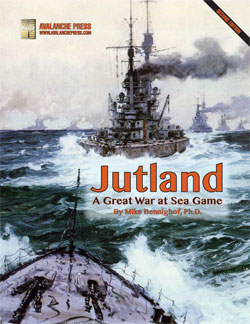 From his accession in 1888, Germany’s Kaiser Wilhelm II wished to build a modern navy, with first-rate battleships. In his first decade on the throne, he kept these thoughts mostly to himself, relying on his government ministers to make this a reality. From his accession in 1888, Germany’s Kaiser Wilhelm II wished to build a modern navy, with first-rate battleships. In his first decade on the throne, he kept these thoughts mostly to himself, relying on his government ministers to make this a reality.
Germany’s naval buildup in the decades before the First World War is usually associated with Navy State Secretary Alfred von Tirpitz, but it actually began during the administration of his predecessor, Friedrich von Hollman. Scorned by senior naval officers as an ineffective advocate, he finally achieved approval in 1895 for the first of what became a class of five battleships.
Kaiser Friedrich III finally gave the Imperial Navy’s Maneuver Squadron (it would not become the High Seas Fleet until 1907) a modern, sea-going battleship. She displaced 11,000 tons, putting her in the same range as foreign battleships of the time, and introduced the innovative “honeycomb” approach of intensive internal subdivision. She carried new Krupp cemented armor, giving her better protection than preceding ships, but did retain much of the outdated armor scheme of the Brandenburg class.
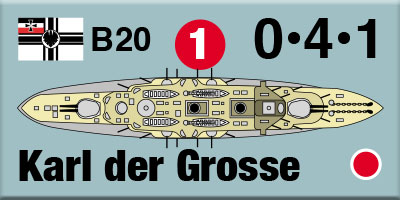
The German naval staff sought a main armament of four 280mm (11-inch) guns, in twin turrets fore and aft. The first set of proposals provided secondary armament of either 105mm (4.1-inch) or 150mm (5.9-inch) guns, with the smaller guns in powered turrets and the bigger ones in an armored casemate. The Kaiser offered his own proposal, which was politely rejected, as was a design placing the four heavy guns in single turrets, one each fore and aft and on either side of the ship.
Hans Koester, commanding the I Division of Brandenburg-class battleships (in effect, the German battle fleet as these were Germany’s only true battleships), argued for a lighter main armament. A 240mm (9.4-inch) gun would provide a higher rate of fire, and since any future fleet engagement would be fought at close range (here he cited the 1894 Battle of the Yalu between Japan and China).
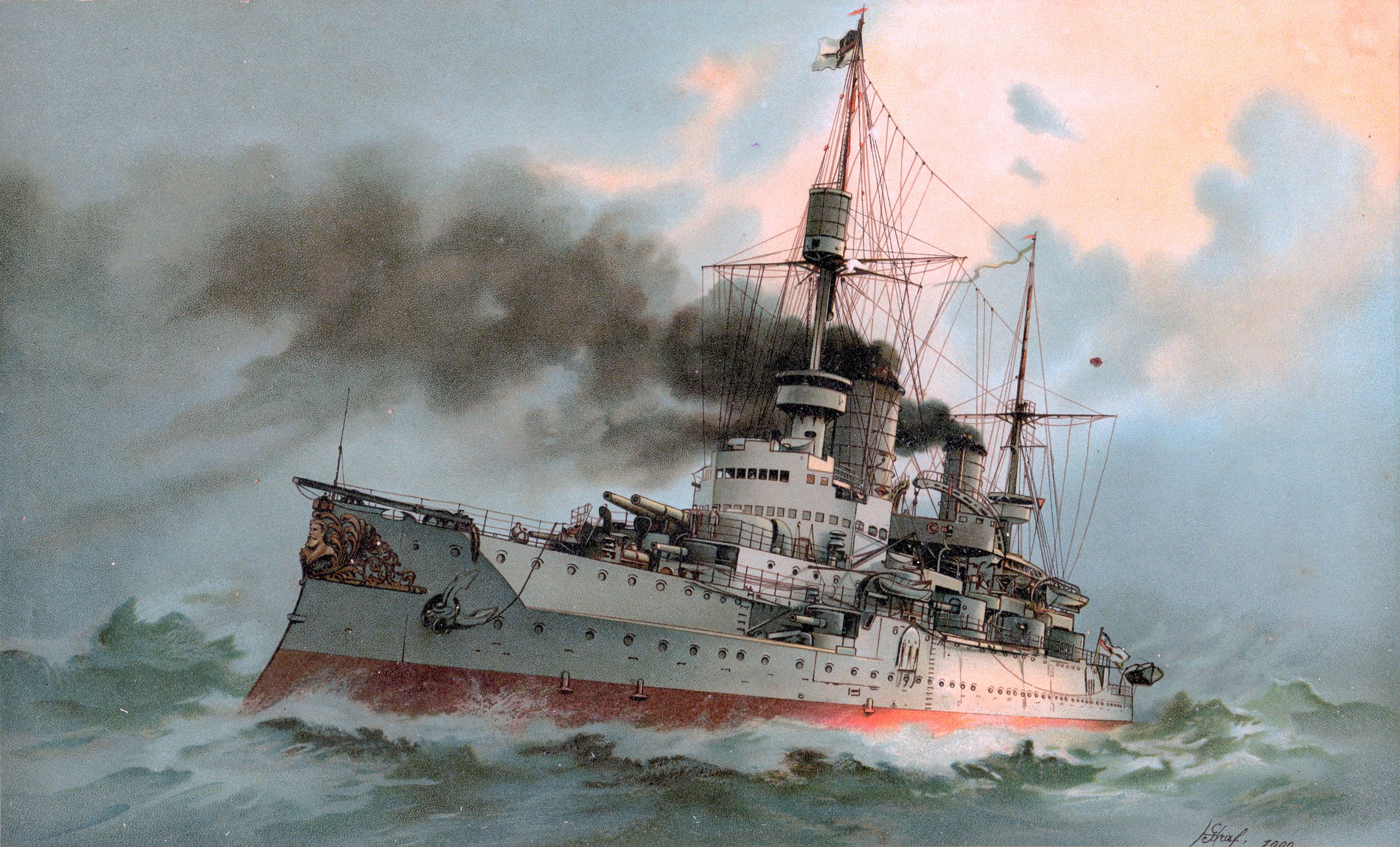
A period lithograph of Kaiser Friedrich III.
The 24cm SK L/35 that armed the Siegfried-class coast defense ships did indeed offer a much higher rate of fire, about four times that of the 28CM SK, but fired a much smaller shell at a shorter range. Factoring in the rate of fire, the smaller gun did indeed throw up a greater weight of metal. The Construction Bureau ignored Koester’s arguments, he ran to Wilhelm for support, and the architects were ordered to install the 240mm gun.
As a partial compromise, the new battleship would receive a new-model 240mm gun, the 24cm SK L/40. This weapon promised greater range and penetration, but when completed its extremely awkward loading arrangements dropped the rate of fire by two-thirds. The new gun was barely faster than the 280mm weapon, and now put out a lesser weight of metal.
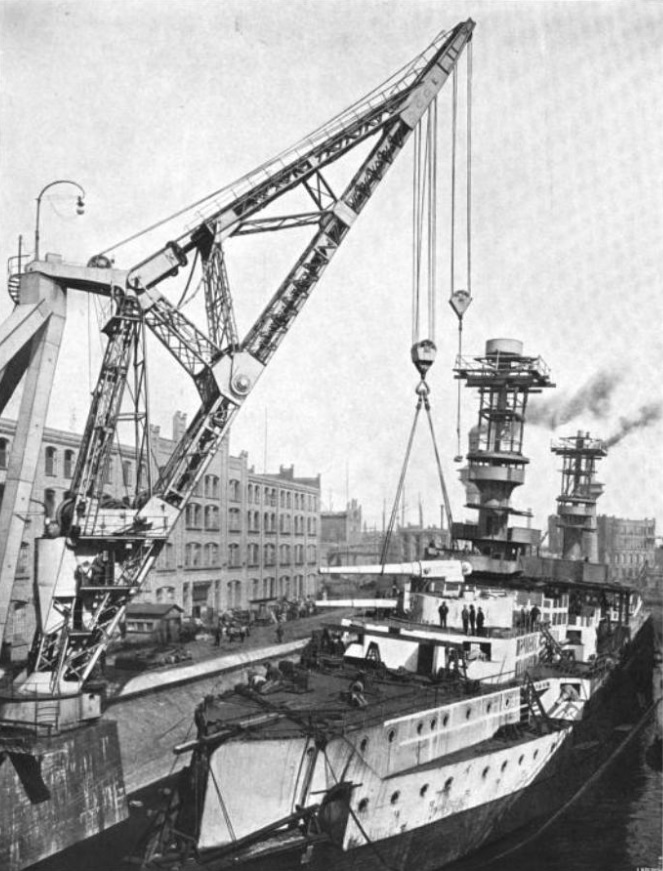
Fitting those24cm SK L/40 aboard Kaiser Karl der Grosse.
Kaiser Friedrich III offered an innovative three-screw propellor arrangement, and a mixed arrangement of four new-model water-tube boilers and eight fire-tube boilers, a very old technology even for 1895. That produced a fairly standard top speed for her time (17 knots).
Daily Content includes no AI-generated content or third-party ads. We work hard to keep it that way, and that’s a lot of work. You can help us keep things that way with your gift through this link right here.
The Reichstag had only funded the lead ship, authorizing four more sisters but without money to build them. In the 1896 fiscal year, Hollman obtained the cash for one more. By now, dissatisfaction with Kaiser Friedrich III’s weak main armament had grown as the shortcomings of the new 24cm SK L/40 became evident. Koester remained adamantly in favor, shouting down proposals to replace the twin turrets with single-mount turrets for 305mm (12-inch) guns. Such an alteration would leave the battle fleet with an “odd number” ship that could not tactically operate with her sisters. And so, the Navy deliberately built another substandard ship so that the first one would not be lonely. This ship, Kaiser Wilhelm II, would be laid down in October 1896, a year and a half after the lead ship had begun construction and three months after Kaiser Friedrich III’s launch.

A period lithograph of Kaiser Wilhelm II.
Construction of the class might have piddled along through the rest of the decade. Hollmann sought a record construction budget for 1897, but it still only included one more battleship. And then a hurricane struck the Admiralität. The newly-returned commander of the East Asia Cruiser Squadron, Alfred Tirpitz (he only received a “von” in 1900) brought with him an ambitious proposal to build a large, modern German battle fleet. The Kaiser had already decided to retire Hollman and give his job to Tirpitz, and now he enthusiastically embraced his new State Secretary’s program as well.
Tirpitz quickly moved to shore up political support: from legendary ex-Chancellor Otto von Bismarck (for the price of naming an armored cruiser in his honor), from the lesser German monarchs, from the merchant communities of the German port cities, and from the German merchant class. He formed a Navy League to agitate for his fleet, and a press office for the Navy Ministry. Soon he had his first legislative success: all three remaining ships of the Kaiser Friedrich III class would be laid down in 1898 rather than just one.
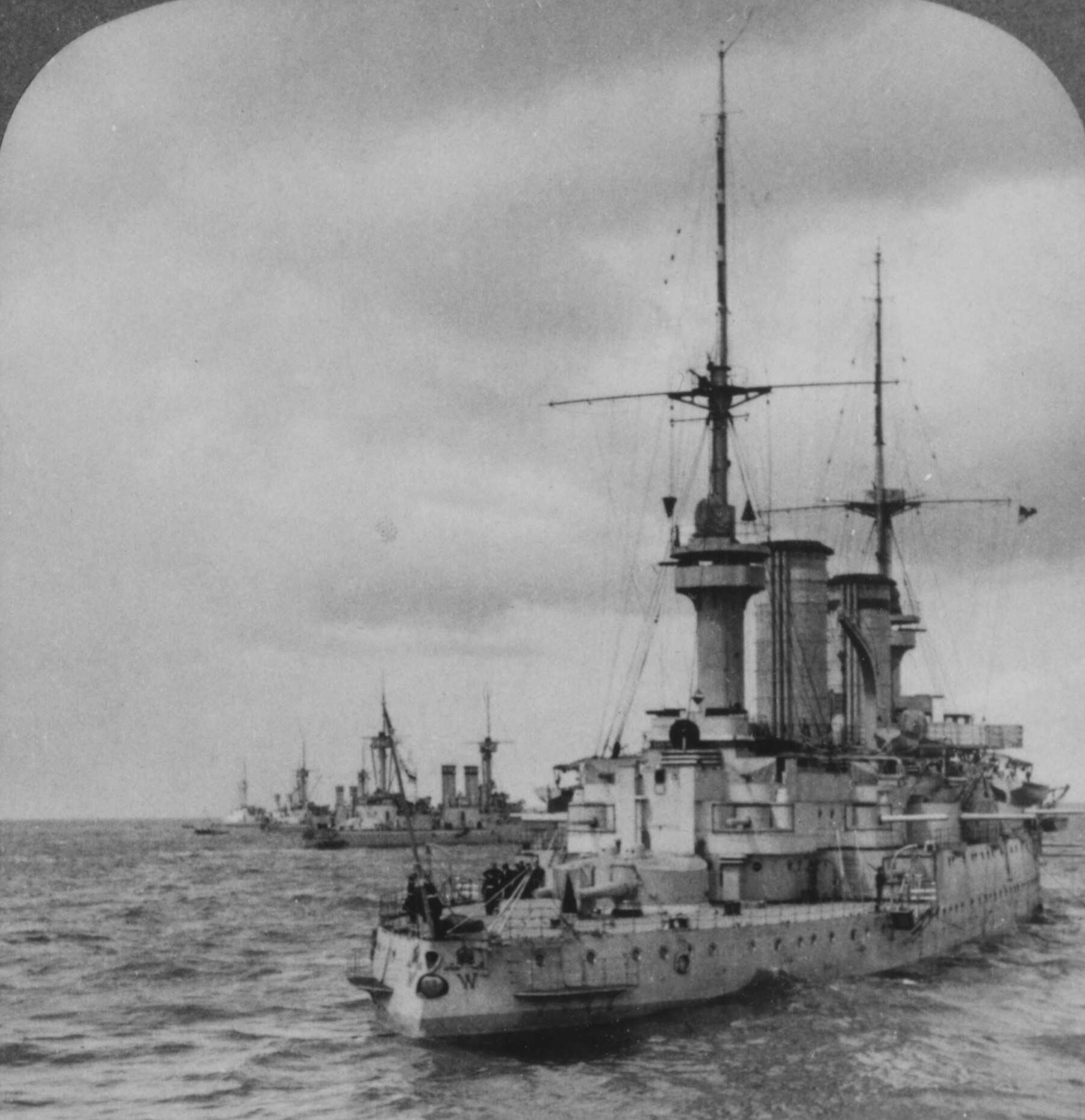
Kaiser Wilhelm der Grosse shows off her stern quarter, 1903.
Kaiser Friedrich III needed extensive post-commissioning modifications, and at first operated with the fleet’s oldest ironclads until her sister Kaiser Wilhelm II joined her. Once all five ships had entered service, one of them (Kaiser Wilhelm II) served as fleet flagship, with the other four operating together as the I Squadron. That lasted for less than six years; by 1908 they had begun to enter the Reserve Fleet with the last pair mothballed in 1910. Reservists took them out every summer for the annual maneuvers.
Mobilized in 1914, they accompanied the High Seas Fleet on its early 1914 probes into the North Sea; fortunately for the over 3,200 men aboard, they did not encounter the British. After some service in the Baltic, in the spring of 1915 they had their armament removed and were relegated to use as a headquarters ship, a stationary training vessel and floating prisons.
The five ships represented a poor investment. Even when new, they were no match for potential enemies. The Imperial Navy doubled down on that waste of resources, rebuilding four of them between 1906 and 1910, with reduced topweight and armament to improve their stability.
All five ships appear in Great
War at Sea: Jutland, and see action in the Jutland: North Sea 1914 scenario book.
Order Jutland second edition here.
The Jutland Experience
Jutland Second Edition (full game)
Jutland: North Sea 1914
Jutland: Dogger Bank
Journal No. 46: Iron Dogs
Retail Price: $209.96
Package Price: $170.00
Gold Club Price: $134.00
You can order the Jutland Experience right here.
Sign up for our newsletter right here. Your info will never be sold or transferred; we'll just use it to update you on new games and new offers.
Mike Bennighof is president of Avalanche Press and holds a doctorate in history from Emory University. A Fulbright Scholar and NASA Journalist in Space finalist, he has published a great many books, games and articles on historical subjects; people are saying that some of them are actually good.
He lives in Birmingham, Alabama with his wife, three children, and his new puppy. His Iron Dog, Leopold,would have fitted flash baffles on his ships.
Daily Content includes no AI-generated content or third-party ads. We work hard to keep it that way, and that’s a lot of work. You can help us keep things that way with your gift through this link right here.
|
